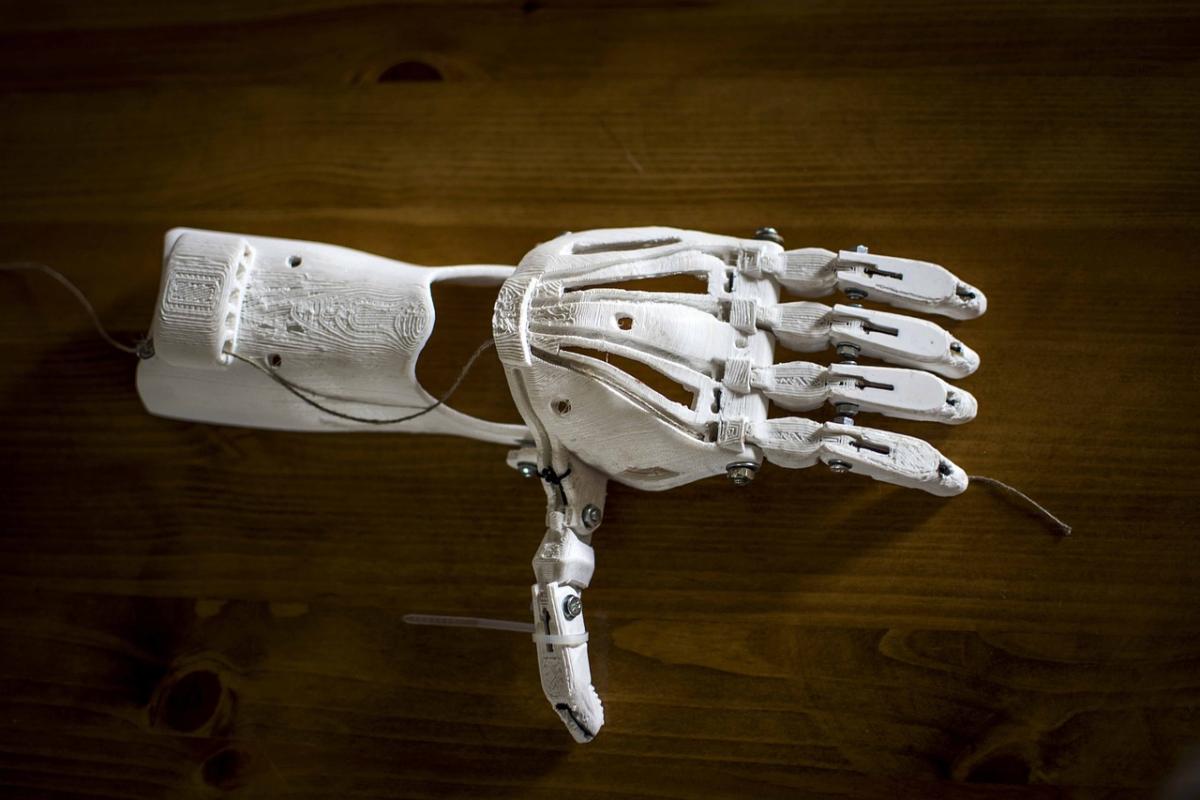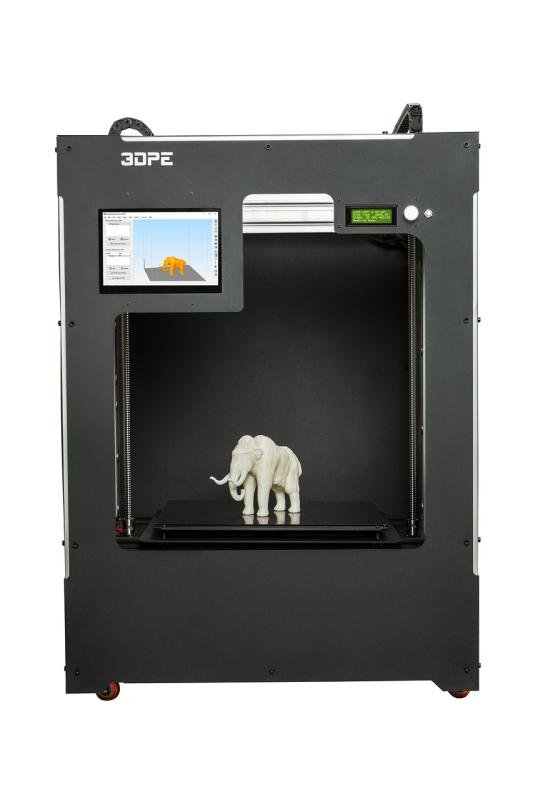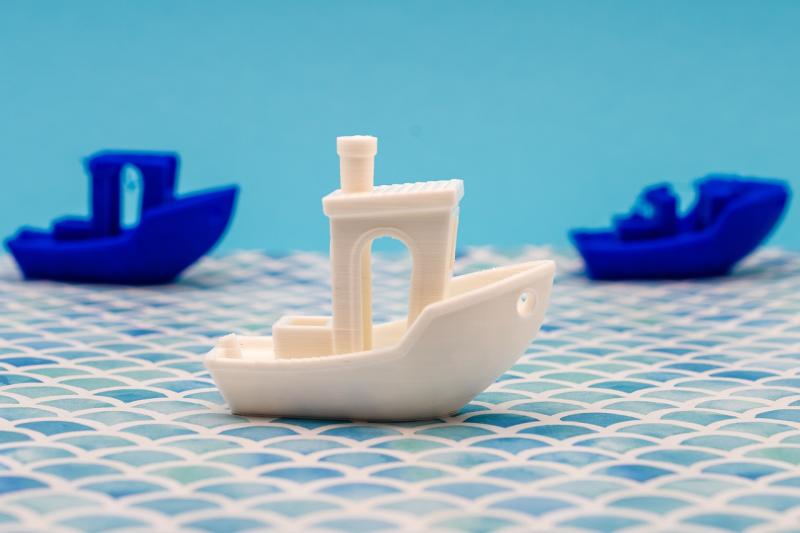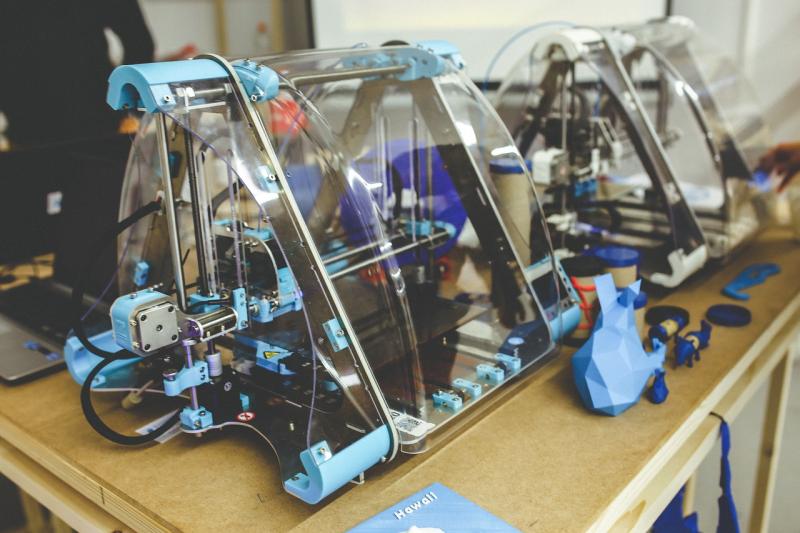With a 3D printer, you have the power to bring your imagination to life. The possibilities are truly endless. Whether you want to create custom toys, unique home décor, or even functional tools, a 3D printer can help you transform your ideas into tangible objects. The best part? You don’t need to be a design expert to get started!
Many user-friendly design software options are available that cater to beginners. Programs like Tinkercad allow you to drag and drop shapes, easily modifying them to create something entirely new. Experimenting with colors, sizes, and styles lets you personalize your creations, making each project a reflection of your taste and creativity. Even if you have no prior experience, you can quickly grasp the basics and start designing your projects.
Furthermore, you can tap into an extensive library of pre-made designs available online. Websites like Thingiverse offer countless models created by others ready for you to print. Have a specific idea in mind? Use these as inspiration to enhance and modify until it becomes something uniquely yours. Sharing your designs with the community can also spark collaboration and inspire others to push their creative limits.
Once you've crafted your unique design, it’s time to print! 3D printers allow you to choose from various materials and colors, enabling you to create pieces that stand out. The excitement of watching your designs take shape layer by layer adds a whole new dimension to the creative process. Whether you're printing for personal use or as gifts for friends and family, the joy of seeing your ideas materialize is truly rewarding.
Explore Different Printing Materials
When diving into the realm of 3D printing, one of the most exciting aspects is the variety of materials available. Each material brings its own unique properties, allowing for endless creativity and functionality in your projects. Whether you're a hobbyist or a professional, understanding these materials can help you choose the best option for your specific needs.
PLA, or Polylactic Acid, is one of the most popular materials among 3D printing enthusiasts. It's biodegradable, made from renewable resources like cornstarch, and is incredibly easy to print. Its vibrant colors and low melting point make it an ideal choice for beginners. However, PLA might not be the best option for high-stress applications as it can become brittle over time when exposed to heat.
Another intriguing option is ABS, or Acrylonitrile Butadiene Styrene. This thermoplastic is known for its durability and ability to withstand higher temperatures. ABS is often used in automotive parts and household items, making it a reliable choice for functional prototypes. Though it requires a heated bed and proper ventilation due to its fumes, its versatility makes it a staple in the 3D printing community.
For those seeking flexible and rubber-like properties, TPU (Thermoplastic Polyurethane) is an excellent choice. TPU is highly elastic and can be used for printing items like phone cases, shoe soles, and gaskets. Its flexibility allows for innovative designs and gripping features, revealing just how diverse 3D printing materials can be.
Tips for Successful 3D Printing
3D printing opens up a world of creativity, but there are a few tips to keep in mind for successful prints. First, always start with a well-prepared model. Ensure your design is free of errors and is optimized for printing. Using software like Meshmixer or Tinkercad can help you identify and fix issues before you print, saving you time and materials.
Next, pay attention to your printer settings. The right temperature, speed, and layer height can make all the difference in print quality. It’s also essential to use the correct filament for your project. Different materials have unique properties, so choose one that suits your needs. PLA is great for beginners, while ABS or PETG may be better for more durable items.
Don’t forget about bed adhesion! A well-adhered print reduces the chance of warping or lifting. You can use glue sticks, painter's tape, or a textured print bed to improve adhesion. Moreover, keeping the print area clean will help ensure that your prints stick well and come out as intended.
Finally, patience is key. Some prints can take hours or even days to complete. Regularly check on your prints to catch any issues early on. Taking your time to set everything up correctly will lead to impressive results and more enjoyable printing experiences.
Transform Ideas into Reality
3D printing opens the door to transforming ideas into tangible reality. With this innovative technology, creativity knows no bounds. Whether you’re a hobbyist, a designer, or an entrepreneur, bringing your concepts to life has never been easier. Imagine sketching an idea on paper and then watching it turn into a physical object right before your eyes. This is the magic of 3D printing!
To begin, all you need is a clear vision of what you want to create. Once you have an idea, you can use various software tools to design your model. These programs cater to all skill levels, making it accessible for beginners and experts alike. After finalizing your design, you can send it to a 3D printer, which will build your item layer by layer using materials like plastic, resin, or metal.
The beauty of this process lies in its versatility. 3D printing can be used for a wide range of applications—from prototyping products, and crafting custom tools, to creating intricate art pieces. That means whether you are looking to solve a problem or express your artistic vision, a 3D printer can help you achieve your goal.
Finally, the ability to iterate quickly is a game changer. You can make adjustments to your design, print a new version, and test it within hours. This rapid prototyping feature not only saves time but also enhances the creativity of the entire design process. You may discover that your initial idea needs tweaking, and with 3D printing, you can adapt and improve with ease.



